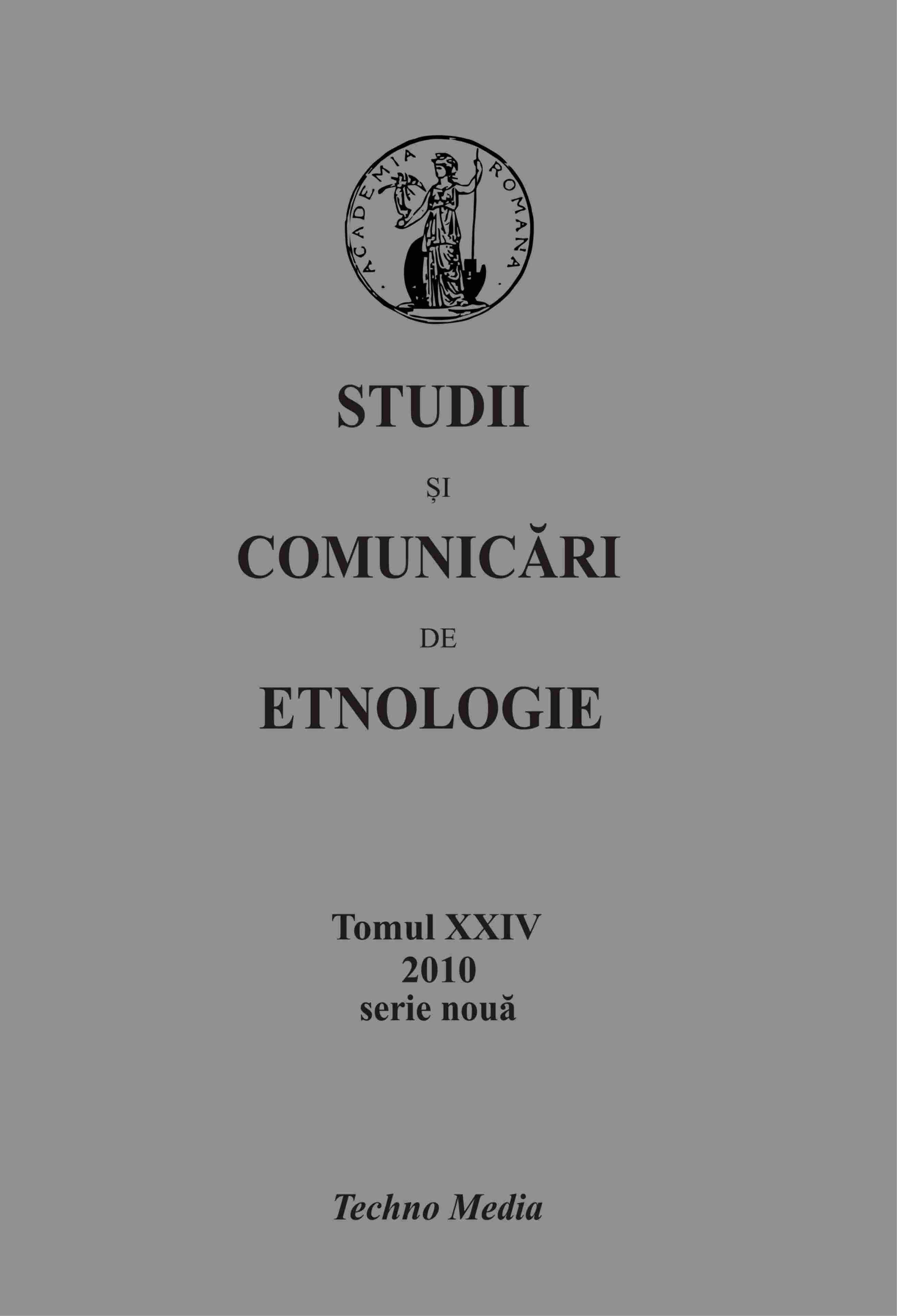Similitudini şi diferenţe – fenomene ale coetnicităţii într-o zonă multiculturală. Studiu de caz: Dobrogea
Similarities and differences of coethnicity in a multicultural zone
Author(s): Steluța PÂRÂUSubject(s): Museology & Heritage Studies, Ethnohistory, Ethnic Minorities Studies
Published by: ASTRA Museum
Keywords: coethnicity; multicultural zone; material culture; immaterial culture;
Summary/Abstract: Case study: Dobrudja. The present approach is structured on two levels which take into consideration our interest from the prior ones to the actual ones. In consequence, the two chapters of our intervention (I Summing up approach; II A new approach) reflect on the one hand ‘’in nuce’’ (in a nutshell) the results of the research carried on many years concerning the achievement of the multiculturalism at the level of the traditional life, and on the other hand the new vision determined by the latter-day lectures and by the possibility of their applicability – at the level of modern life representations – of new models and behavioural manifestation. The chapter Summing up approach summarizes, as any other ethnological/anthropological study would worthily do, our vision related to the phenomenon of coethnicity and, from this perspective, the experienced lecturer can gather documentary evidence referring to some typical aspects with all the indexes of the relativity interpretation of the ethnological fact. The traditional aspects from the material and immaterial culture of Dobrudja which we have analysed are presented in three subchapters: I 1. Dobrudja – ethnical cohabitation zone; II 2. Similarities and differences – Archetype and variants. General consideration; I 3. Similarities and differences. The perspective of the tradition – modernity relation. The chapter ‘’A new approach’’ catches the experienced lector’s eye through the vision of the present approach impulse from the creativity and cultural values perspective. It operates – in the demonstration which appeals to the facts that send the lecturer to the ethnographic discourse – with the constituent elements of the social factors and which on their turn define themselves as one of the three levels of the basic creativity factors (the correlation between culture and creativity; the information role in the culture development; the correlation between the type of information and the behavioural manifestation in the multiculturality context and/or interculturality). The last subchapter of our intervention (II. Interactive interculturality) takes into account the aspects that send towards interculturality vs. multiculturalism in the process of globalization.
Journal: STUDII ŞI COMUNICĂRI DE ETNOLOGIE
- Issue Year: XXIV/2010
- Issue No: 24
- Page Range: 148-162
- Page Count: 15
- Language: Romanian
- Content File-PDF

